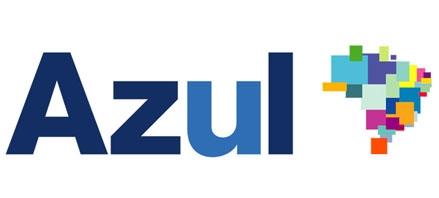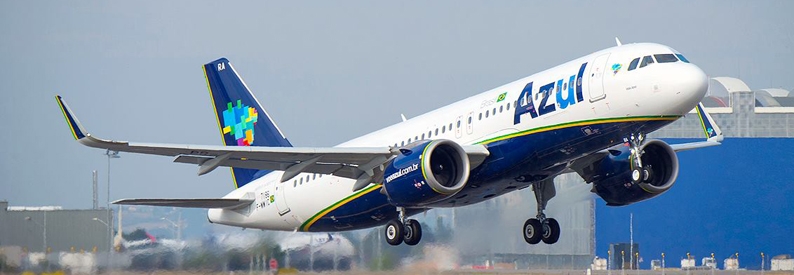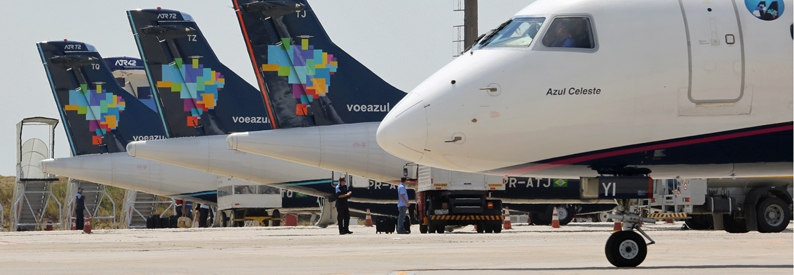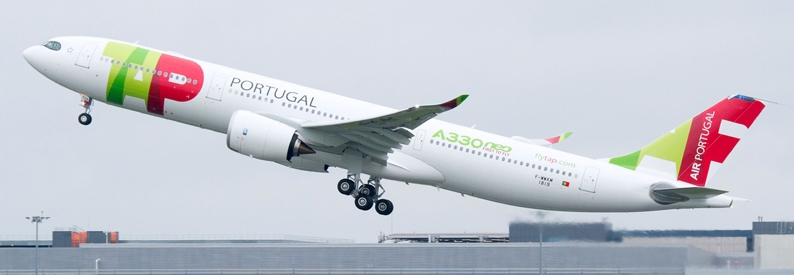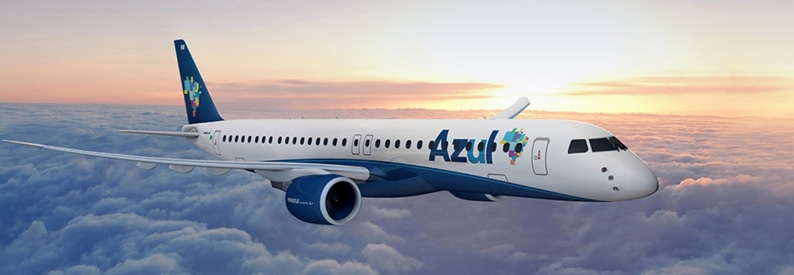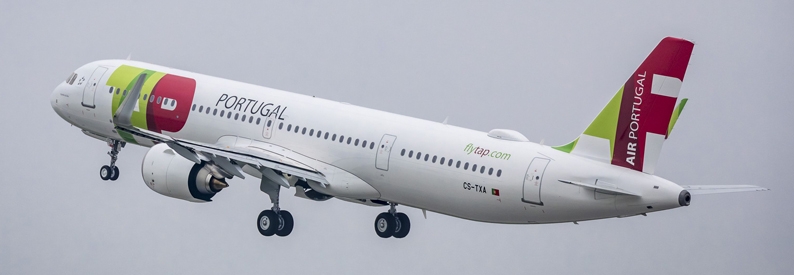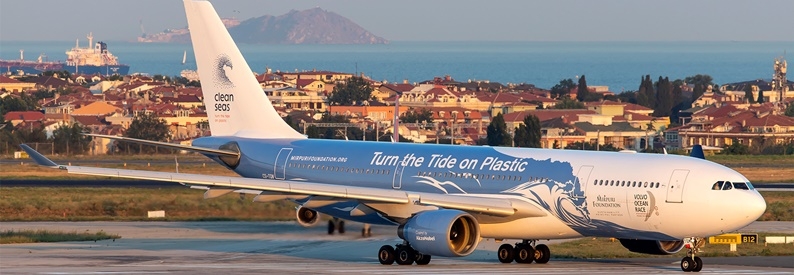Azul Linhas Aéreas Brasileiras (AD, São Paulo Viracopos) has filed for Chapter 11 bankruptcy in the United States, looking to eliminate over USD2 billion in funded debt and secure approximately USD1.6 billion in debtor-in-possession financing from partners.
The carrier opted to initiate this “proactive process under Chapter 11” despite undertaking a private, out-of-court financial restructuring over the last few months, which was set for the company to avoid bankruptcy protection in the first place, as John Rodgerson, Azul’s chief executive, told ch-aviation last year. This allowed the company to eliminate nearly USD1.6 billion in debt from its balance sheet and raise an additional USD525 million.
Now, through the Chapter 11 process, the company said it has secured a commitment for USD1.6 billion, which will repay existing debt and provide Azul with USD670 million in new capital to improve its liquidity during the restructuring process.
In an interview with Reuters, Rodgerson explained that the airline had too much debt on the balance sheet, mainly from the COVID-19 pandemic era. “We now have an opportunity to clean it all up,” he added. Management expects to emerge from the process prior to the end of 2025.
US carriers American Airlines and United Airlines have committed to contributing to a potential shared equity investment of up to USD300 million. Azul has also obtained a support agreement from its main lessor, AerCap.
“Our strategy is not just about financial reorganisation. By using this process, we believe that we are creating a robust, resilient, industry-leading airline,” said Rodgerson.
Azul’s three largest unsecured claims are with UMB Bank, N.A. (USD354.8 million), Brazil’s air force (USD189.8 million), and General Electric Service Distribucion LLC (USD141.7 million).
Over 16,000 employees
At the moment of its bankruptcy filing, the company reported having a fleet of 226 aircraft and over 16,000 employees, operating approximately 900 daily departures to 137 destinations in Brazil, the United States, Portugal, France, Spain, Argentina, Uruguay, Paraguay, and Curaçao.
The ch-aviation Commercial Aviation Aircraft Data module shows Azul’s fleet comprises 193 aircraft, all leased: fifty-one A320-200Ns, two A321-200(P2F)s, six A321-200NX(LR)s, five A330-200s, seven A330-900Ns, forty ATR72-600s, one wet-leased B767-300ER, one wet-leased B777-200ER (both from euroAtlantic Airways), forty-five E195s, and thirty-five E195-E2s. The company maintains orders for one more ATR and forty-eight E195-E2s. Subsidiary Azul Conecta (2F, Jundiaí) operates a fleet of twenty-four Cessna Aircraft Company Grand Caravans.
AerCap leases 69 aircraft to Azul. Other lessors are Aircastle, Avenue Capital Group, Avolon, Azorra, Azul Finance, BOC Aviation, Carlyle Aviation Partners, Castlelake, CDB Aviation, Chorus Aviation, DAE Capital, Elevate Capital Partners, ICBC Financial Leasing, Jackson Square Aviation, Nordic Aviation Capital, SKY Leasing, SMBC Aviation Capital, and TrueNoord.
Independent committee
Separately, Azul also announced it had created a "special independent committee" consisting of Renata Faber Rocha Ribeiro, Jonathan Seth Zinman, and James Jason Grant, all independent directors of the carrier. The committee will serve as an advisory body to the board, endowed with the powers and authority to evaluate, review, plan, and oversee negotiations, and provide recommendations regarding any matters arising in the Chapter 11 process.
Of the three main Brazilian airlines, Azul was the only one that had managed to avoid a Chapter 11 bankruptcy process. Peers LATAM Airlines Brasil (via parent company LATAM Airlines Group) and GOL Linhas Aéreas Inteligentes have gone through their separate reorganisations via the United States bankruptcy court between 2020 and 2025.
Reuters reported that the Chapter 11 filing has most likely spoiled Azul’s plan to merge with rival GOL.
ch-aviation has reached out to GOL and parent Abra Group for comment but neither was immediately available.
